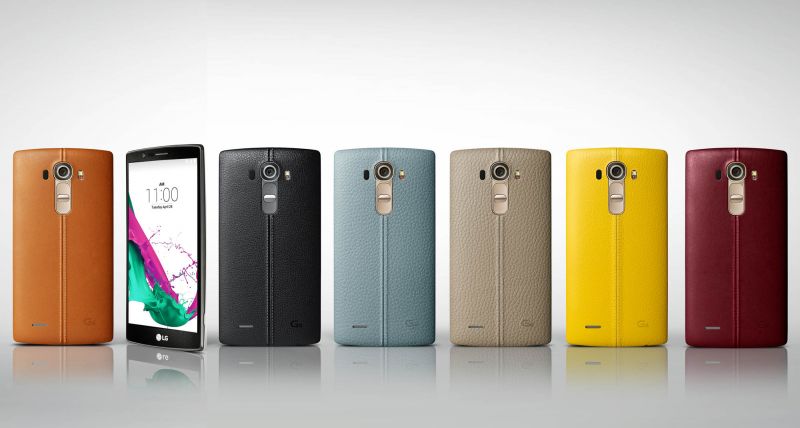There is a variety of different Android display types that are used in the industry, although not much is done to explain the differences.
Different Android display types

There are a number of different Android display types that you may see being used on smartphones. For example, the Samsung range usually uses super AMOLED displays, whilst other manufacturers may opt for LCD IPS.
In the past, both OLED and TFT have been used for smartphone displays but these are far outclassed by AMOLED and IPS LCD so it’s rare to see either of the aforementioned being used. We’ll be talking a little about AMOLED and IPS LCD below as these are the most commonly used different Android display types.
Super AMOLED
AMOLED is an upgrade to OLED, a display type that uses electric charges to produce a light for the display. No backlight is required for an AMOLED or OLED display so this gives it a few advantages over the IPS LCD display.
Firstly, the AMOLED uses less battery power because of the lack of a backlight. You can also create slimmer smartphones that use AMOLED displays because of the same reason. The standard AMOLED had some issues with producing as color accurate results as the IPS LCD, but the Super AMOLED now has a great, accurate color reproduction.
The contrast on a Super AMOLED is far superior to an IPS LCD display as well. Outside viewing may be a little worse on the IPS LCD because without a backlight the displays are often slightly less bright.
IPS LCD
 In older years, TFT, a version of the LCD display was used for smartphones. The trouble was that TFT had a slow response time which lead to sluggishness and what felt like delayed touch response. In simple terms, interacting with the screen would take longer for the results to show on a TFT display than it would on an IPS display.
In older years, TFT, a version of the LCD display was used for smartphones. The trouble was that TFT had a slow response time which lead to sluggishness and what felt like delayed touch response. In simple terms, interacting with the screen would take longer for the results to show on a TFT display than it would on an IPS display.
TFT also had a terrible viewing angle. With IPS, you can view the display at all sorts of angles, making it easy to view your smartphone no matter where it is. IPS displays are still backlit which means a couple of things. Firstly, a backlight causes the display to be bulkier – you have to have extra room inside to fit the touch screen, the display panel and the backlight.
Secondly, having a backlit display does end up taking more battery power, which is a concerning point for smartphone manufacturers, especially when battery life is so important.
The plus sides of an IPS LCD display is that the images often seem a lot sharper thanks to the backlight, the color reproduction is often a lot more accurate and the viewing angle can beat AMOLED although it’s not very noticeable.
As it stands, the Super AMOLED seems to have more pros over the IPS LCD, but it won’t be long before IPS+ displays are on the market and at that point we’ll be looking at two different Android display types that both work incredibly well.
Different Android display resolutions

The resolution of a display is used to explain the number of pixels that are fit into a display. Usually, a resolution is displayed like this – 1080 x 1920, where the first number is the width and the second number is the height. The number explains how many pixels there are.
When it comes to the different Android display types, there are a number of different terms that are often used to explain the resolution of a display without having to show the actual numbers. Below, the most commonly used display resolutions are listed.
- 720p – 480 x 720
- HD – 1080 x 1920
- Quad HD – 1440 x 2560
- 4K – 3840 X 2160
In 2015, most flagships phones sit between HD and Quad HD and any display with this kind of resolution will produce some crystal clear results. Anything below HD and you’re stepping into a quality that isn’t absolutely amazing. This is something that should be considered when buying a new smartphone if display quality is important to you. Choosing between IPS and AMOLED is unnecessary for the most part unless you’re super interested about finding out which smartphone has the very best display on the market.
Leave a Reply